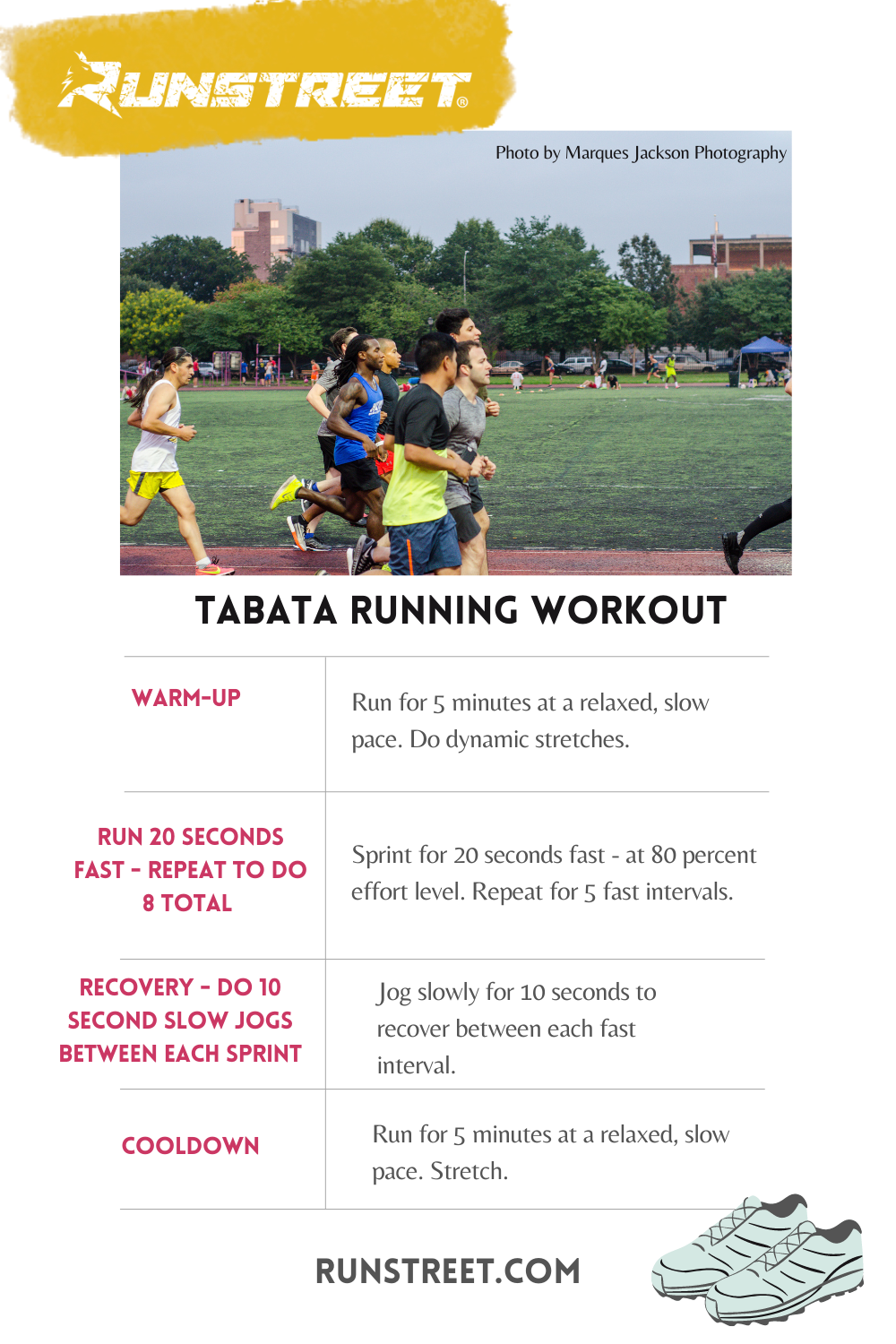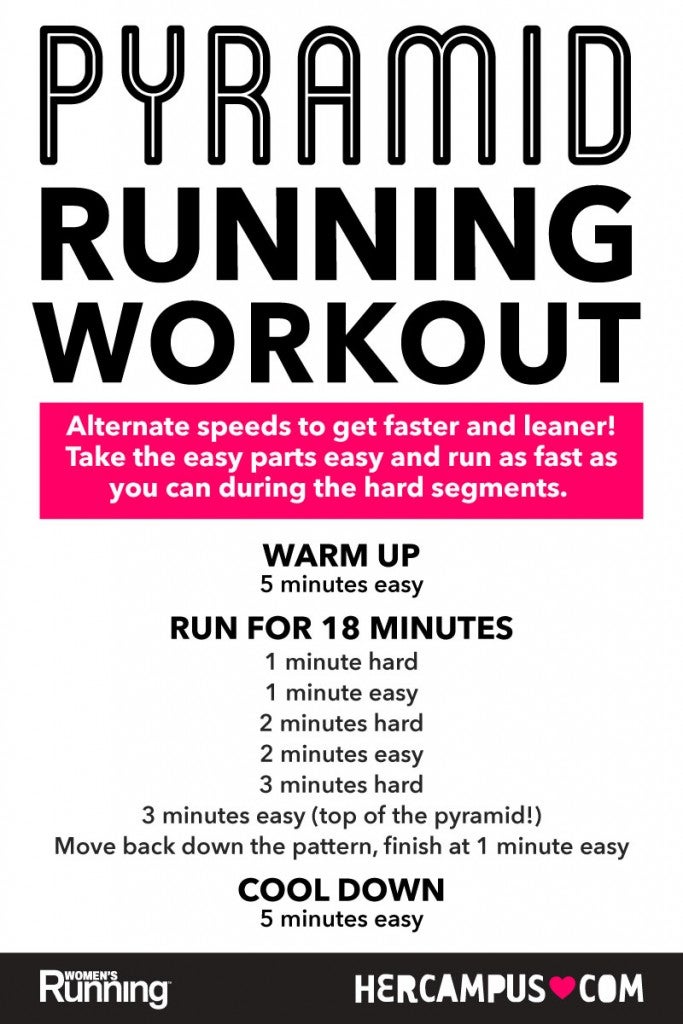Revamp Your Running Strategy: Tips for Boosted Performance
Revamp Your Running Strategy: Tips for Boosted Performance
Blog Article
The Ultimate Guide to Dealing With Pain When Running
For runners, experiencing pain throughout runs is not unusual, and recognizing exactly how to successfully handle and prevent it can make a significant distinction in your total efficiency and enjoyment of the sport. Whether you are a skilled marathoner or simply starting your running journey, recognizing the various kinds of discomfort that can arise and the methods to address them is essential. From pre-run warm-up routines to correct footwear choice, there are numerous factors to consider when it comes to managing pain while running. This detailed overview will certainly furnish you with the understanding and tools required to navigate through the discomfort and empower you to achieve your running objectives with better simplicity.

Understanding Various Kinds Of Running Pain
When running, it is necessary to distinguish between different sorts of pain to avoid injuries and make the most of performance (Read More). One usual kind of pain that runners may experience is muscular tissue soreness, which usually emerges from the anxiety placed on muscles during workout. This sort of pain is frequently a typical part of the running process and can be taken care of with correct workout, cool-down, and extending routines
Another kind of pain to be familiar with is joint discomfort. Joint discomfort can suggest issues such as overuse, inappropriate kind, or underlying problems like arthritis. Overlooking joint discomfort can lead to much more extreme injuries, so it is important to address any type of pain quickly and possibly seek expert advice.
In addition, sharp or stabbing discomforts need to not be disregarded. These sorts of discomfort can signify intense injuries such as pressures, strains, or stress and anxiety fractures - running strategy. Continuing to run via these kinds of discomfort can aggravate the injury and extend recuperation time

Pre-Run Warm-Up and Extending Routine
To prepare the body for a running session, applying an effective pre-run warm-up and extending regular is necessary. A correct workout aids boost blood flow to the muscles, boosts flexibility, and decreases the danger of injury during the run. Start with vibrant stretches like leg swings, arm circles, and high knees to gradually increase your heart price and loosen up the muscles. Dynamic extending assists simulate the motions you'll be doing while running, preparing your body for the activity in advance. Follow this with fixed stretches focusing on significant muscular tissue groups such as the hamstrings, quadriceps, calves, and glutes. Hold each go for about 15-30 seconds without bouncing to promote muscle mass leisure and versatility. Remember to listen to your body and adjust the intensity of your warm-up based on your health and fitness degree and any kind of pre-existing problems. By including a regular pre-run workout and extending regular into your running regimen, you can optimize performance and lessen the risk of pain or injury.
Correct Footwear Choice and Fit
When picking operating footwear, it is vital to take into consideration variables such as foot kind, running stride, arch assistance, cushioning, and shoe dimension. Going to a specialty running store for a gait analysis and specialist fitting can aid make sure that you select the right footwear for your specific demands. Investing in top quality footwear that is ideal for your running design and foot composition is an aggressive action towards preventing discomfort and injuries during your runs.
Nutrition and Hydration Tips for Pain Avoidance

Hydration is equally critical for joggers to avoid cramps, dehydration, and various other pains that can result in discomfort during running. It is suggested to drink an ample amount of water throughout the day and especially before, during, and after running sessions. Electrolyte-rich beverages or sporting activities drinks can likewise be useful for replenishing lost minerals and maintaining appropriate liquid balance. running workout (Read More). By focusing on nutrition and hydration, joggers can improve their performance, minimize discomfort, and enjoy a much more comfortable running experience.
Post-Run Recovery Techniques to Reduce Discomfort
Carrying out efficient recuperation strategies is necessary for alleviating discomfort and advertising muscular tissue healing after running sessions. One crucial post-run healing strategy is extending. Including fixed go for major muscular tissue groups can aid lower muscle mass stress and soreness. Foam rolling is one more beneficial technique to release muscular tissue rigidity and boost blood flow to the muscle mass, aiding in quicker recuperation. Furthermore, topping aching areas for 15-20 minutes can help in reducing inflammation and numb pain post-run.
Moisturizing adequately post-run is essential for replenishing liquids shed during workout and Recommended Site assisting in muscular tissue recuperation. Consuming a balanced snack or dish that consists of protein and carbs within thirty minutes of completing a run can assist repair muscle mass tissue and restore power shops. Furthermore, getting adequate remainder is vital for enabling the body to repair and strengthen muscular tissues. Incorporating energetic recovery tasks such as light strolling or swimming can also aid advertise blood circulation and minimize muscular tissue stiffness - Read More. By integrating these post-run recuperation methods into your regimen, you can effectively manage discomfort and maximize your running efficiency.
Verdict
In verdict, dealing with different sorts of running pain through proper warm-up, extending, shoes option, nourishment, hydration, and post-run recovery strategies is necessary for pain prevention and administration. By recognizing the reasons for discomfort and applying these methods, runners can minimize discomfort and possible injuries. It is important to focus on overall physical health and wellness and health to make sure an effective and enjoyable running experience.
Report this page